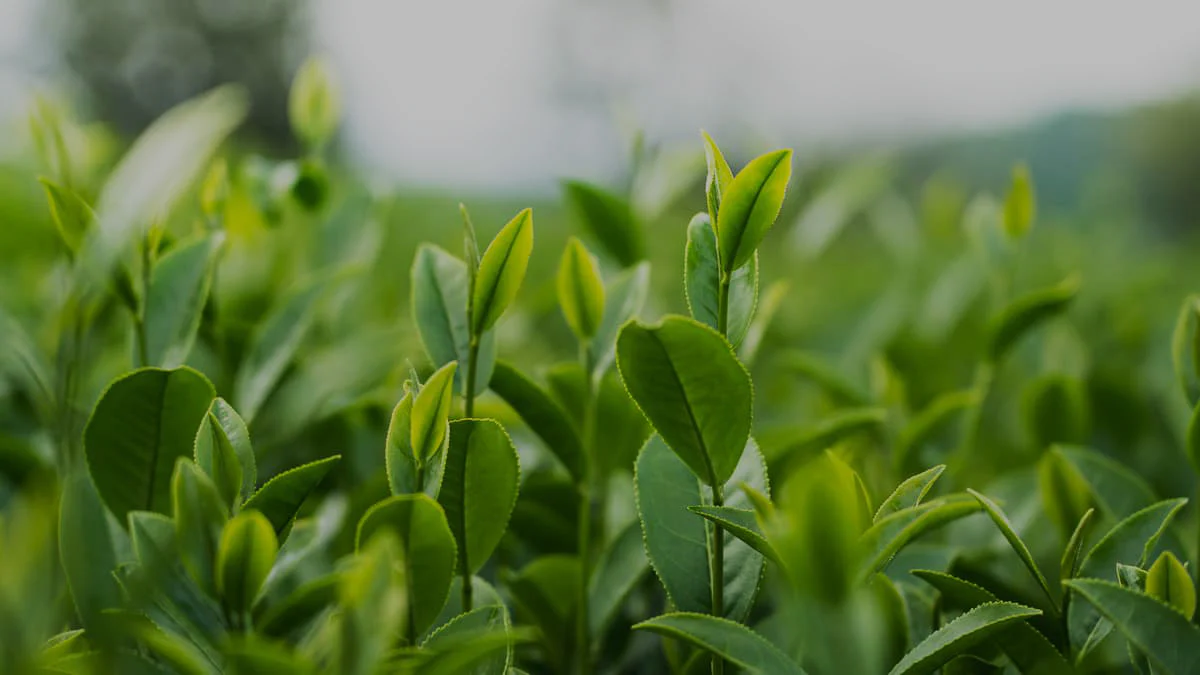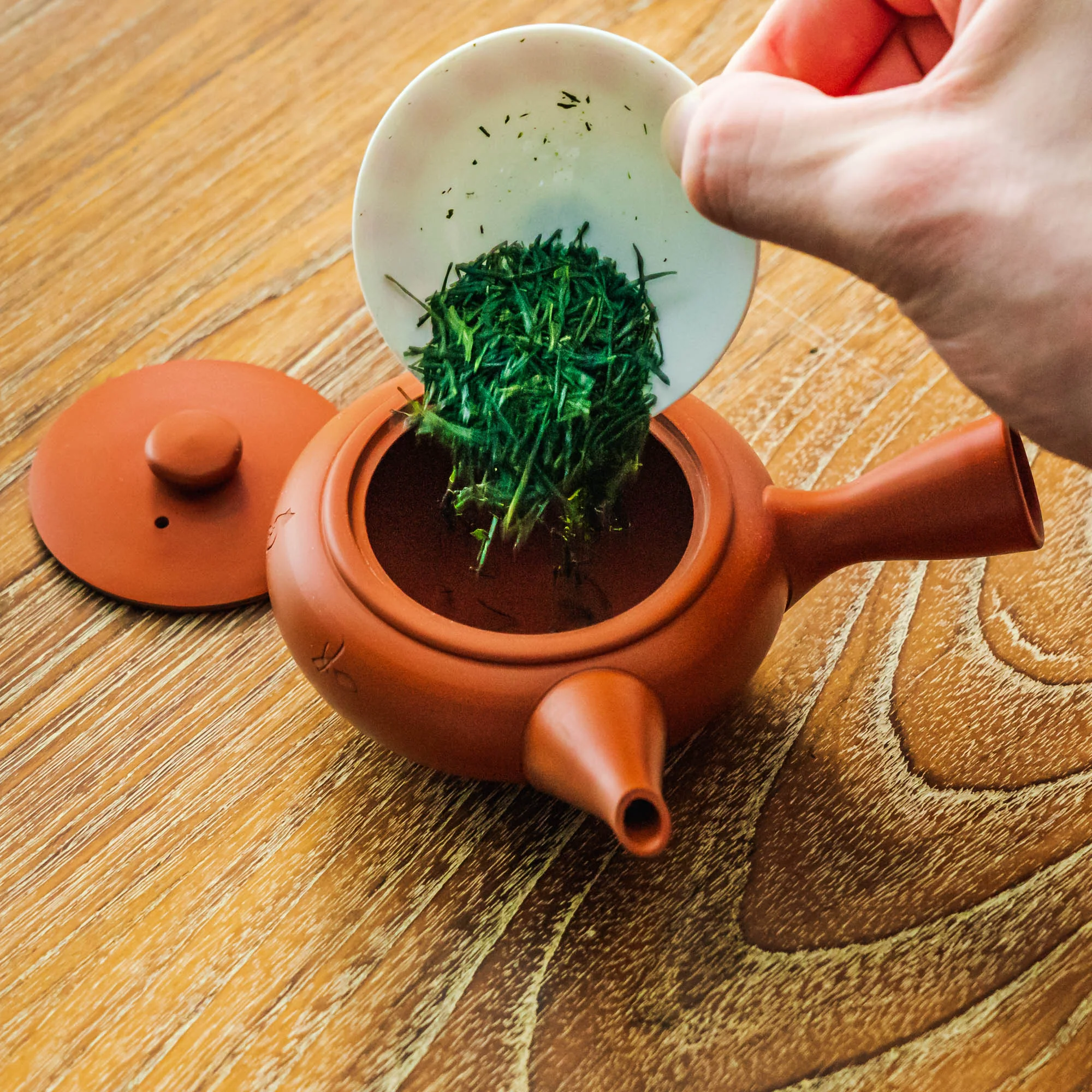This tea flight showcases three shaded green teas from Japan’s most prized tea region: Uji, Kyoto. For centuries, tea from Uji, known as ujicha, has been favoured by emperors and tea masters alike. The region’s rolling hills and fertile soil make it ideal for tea cultivation. It was here that the shading technique used to produce matcha was first invented during the 16th century.
Today, this technique is also used to produce other teas such as sencha, kabusecha, and gyokuro. By Kyoto Prefecture standards, these teas are primarily defined by how long they are shaded: sencha is shaded from 0-13 days, kabusecha is shaded from 14-21 days, and gyokuro is shaded for over 21 days.
This sample set contains one of each type of tea, all from the same 16th generation producer:
- Uji Okumidori Sencha: 5 Days
- Shiranami Kabusecha: 15 Days
- Uji Honzu Gyokuro: 40 Days
Uji
Shiranami Kabusecha
Shelf-shaded for around two weeks, this Samidori kabusecha from Uji combines the sweetness and umami of a gyokuro with the body and structure of a sencha. Shading the tea plants from the sun causes them to produce fewer bitter-tasting catechins and instead make more sweet and savoury amino acids such as L-theanine.


Uji
Okumidori Sencha
Though short, the shelf-shading this sencha receives gives it a distinct shaded aroma, a sweet and umami-rich taste, and a smooth and silky texture.
Uji
Honzu Gyokuro
Straw-shaded for over a month before being hand-picked, this gyokuro has an enticingly sweet aroma, an umami rich body, and a long-lasting finish
Honzu (本簀) shading is the most traditional shading method. Dating back at least over 400 years, the Honzu method uses the same shelf system as kanreisha but uses a screen of reeds as the first layer of shading instead of synthetic fabric.


Our Mission

Learn about Japanese Tea




















